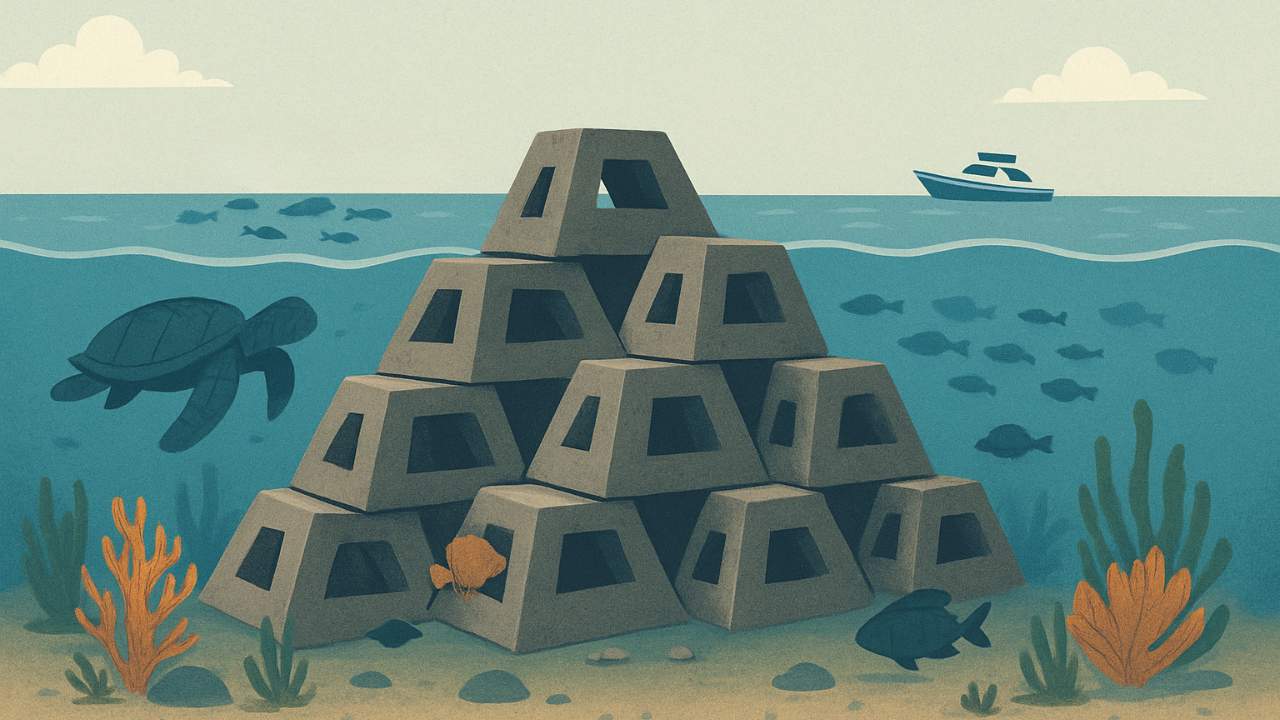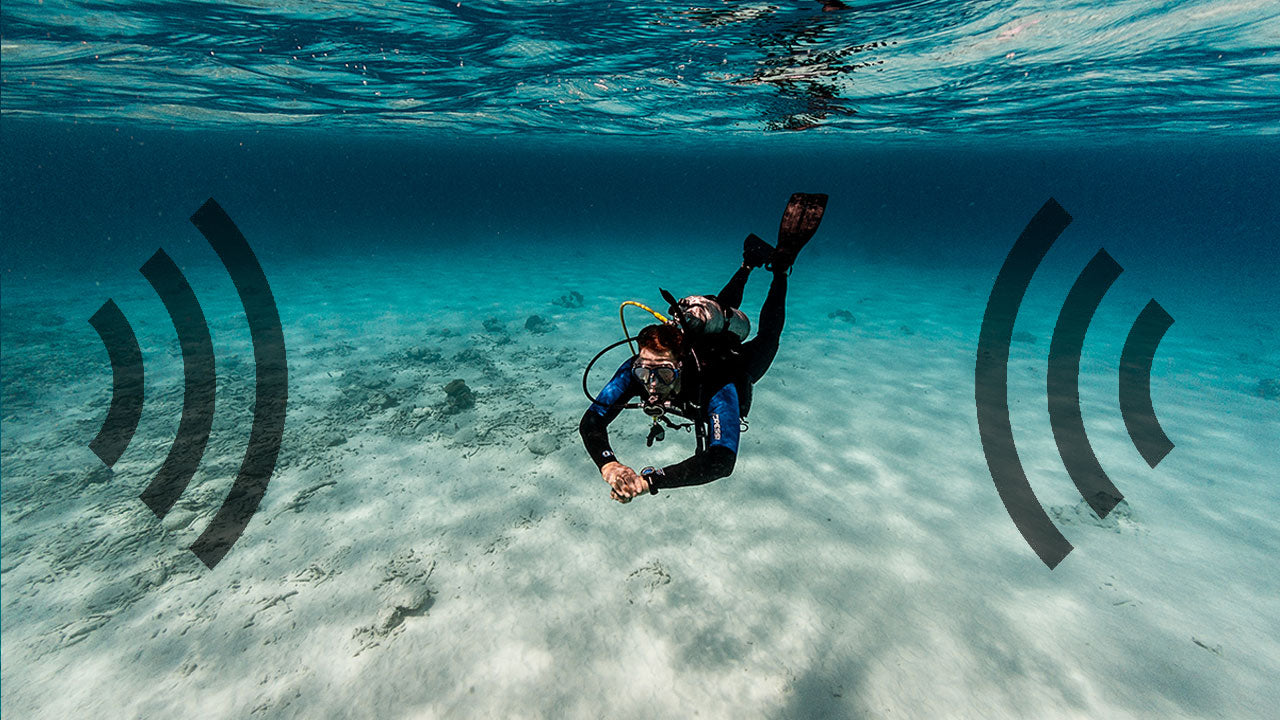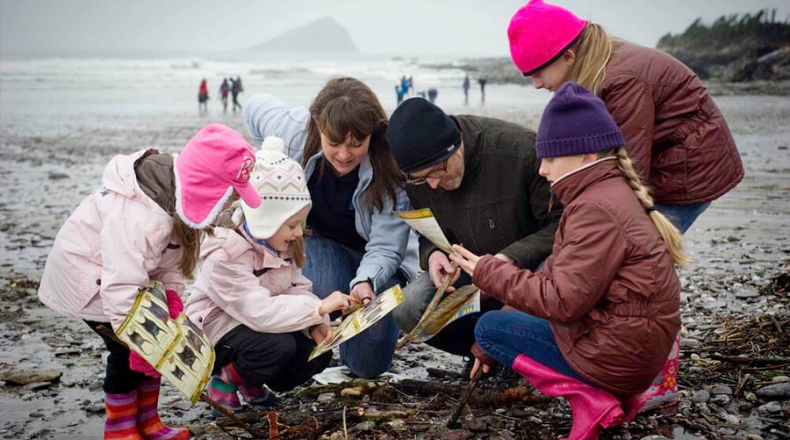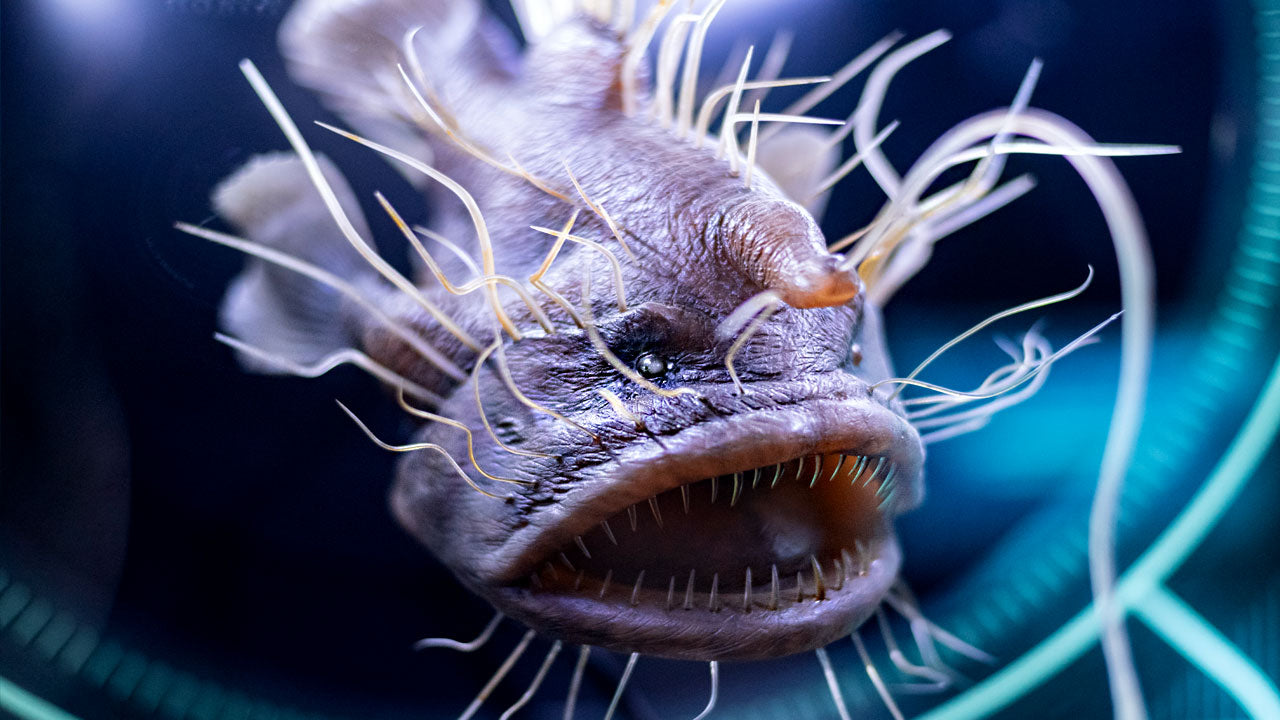99% of Green Sea Turtles Are Turning Female - Here Is Why

Green sea turtles do not develop into males or females due to sex chromosomes, like humans and most other mammals do. Instead, they have temperature-dependant sex determination, which essentially means that the temperature outside a turtle egg influences the sex of the growing embryo. It is this unusual biological quirk, scientists say, may endanger the future of these creatures in a warmer world.
A new study, published in the journal Current Biology, reveals that the rising temperatures have lead to almost complete feminization of green sea turtles in the northern populations of a major nesting area called Raine Island. Normally, at what biologists call the pivot temperature, turtles hatch as a mixture of males and females. For green sea turtles, this temperature is 29.3 degrees Celsius (85 Fahrenheit). A few degrees below 29.3 C, and all the sea turtles are born male. Heat up the eggs, and only females are born. According to the above-mentioned research, out of a population of about 200,000 turtles, more than 99 percent of young turtles and 87 percent of mature turtles are female. This means that for every juvenile male, there are 116 female turtles. Southern populations of turtles in Australia, which live on cooler beaches, show much lower impact. There, researchers found the ratio was about 65 to 69 percent female turtles.
In order to gather this data, the scientists had to come up with the new method of determining the sex of the animals. Because, the sex of the turtles cannot be determined with the help of their external features, the researchers decided to use genetic markers and a mixed-stock analysis, combined with sex determination through laparoscopy and endocrinology. To achieve this they had to collect the turtles, take their plasma samples and then release the animals back into the wild.
The scientists have also examined sea and air temperatures recorded in historical data to discern the sand temperatures. Their analysis suggests that sand temperatures have been climbing since the 1960s.
So what does this mean for the turtle population at large?
The authors of the research think that such an uneven sex ratio is something of a time bomb for these turtles. Thanks to the fact that male sea turtles often mate with more than one female, and males typically mate more frequently, the doom will not come for these animals tomorrow. A slight female bias may even briefly benefit the overall turtle population. The researchers fear, however, that because the ratio is so extreme, in a matter of 20 years there may not be enough males to sustain the population.
Some other scientists are more optimistic. They argue that marine turtles have been around for 100 million years and temperatures have risen and fallen during that time. Plus, after decades of decline from hunting, poaching, pollution, disease, development, habitat loss, and bycatch in commercial fishing, many populations around the world recently have shown signs of improvement.
The real questions that remain unanswered though are whether the change is happening too fast for the animals to adapt, and how much of it is going to be too much for them?
Unfortunately, determining when the number of males may drop too low is difficult. The answer can change by species and location. In addition, the very thing that determines sex - temperature - can itself be impacted by local factors.
In the case of Raine Island area, the Australian government, through the Raine Island Recovery Project, is working on different management strategies, including shading the beaches or pouring water on the sand to cool the nesting areas.
To learn more, watch the video below by National Geographic.
Do you think the turtle population is in danger or was the issue overblown? Leave your opinions in the comments below.




